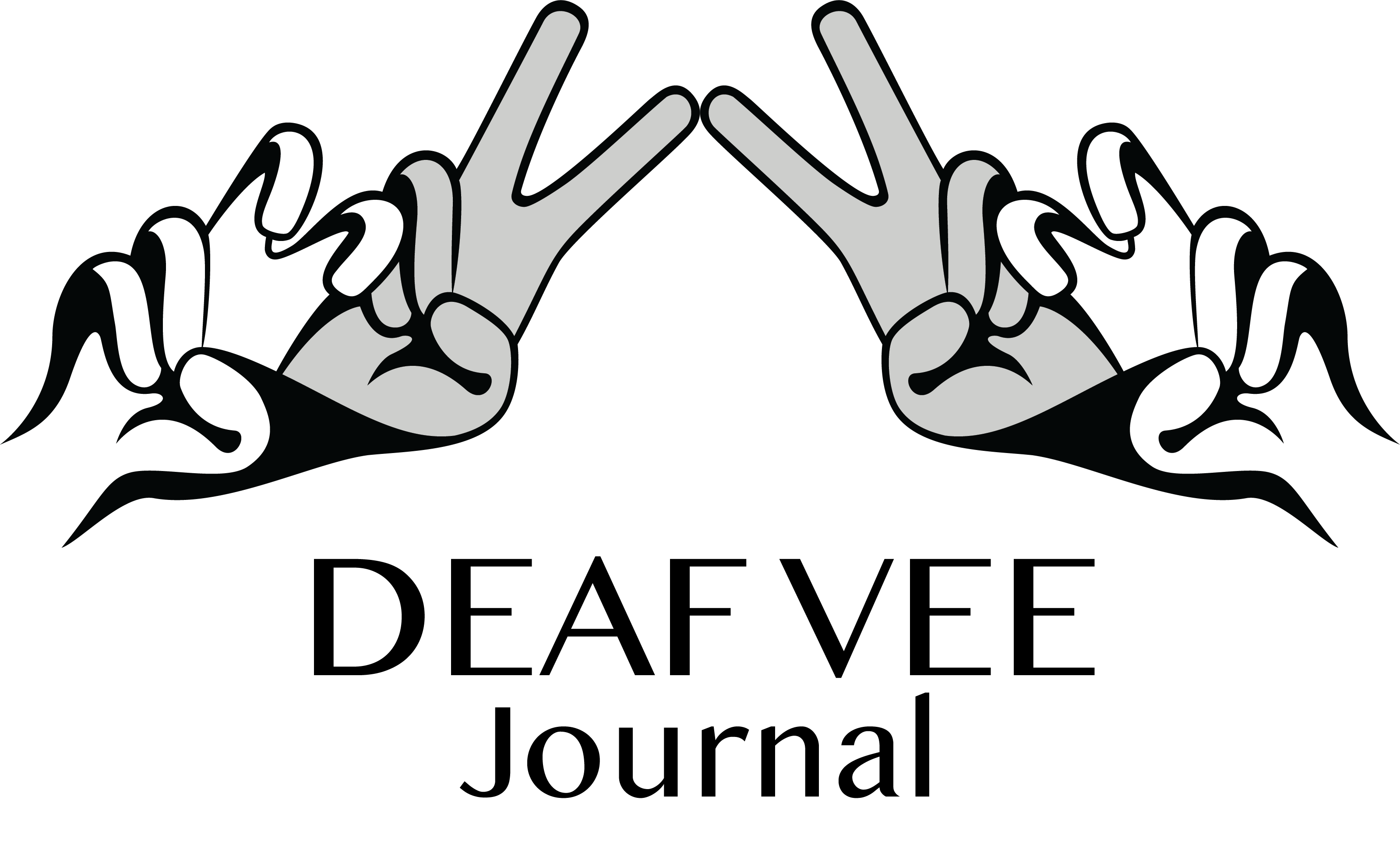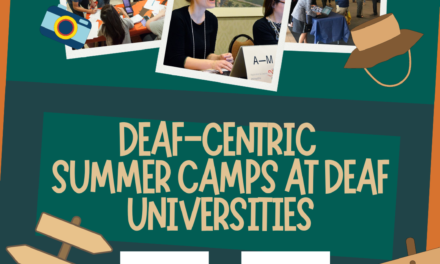The California Association of the Deaf [CAD] penned and uploaded an open letter to the National Association of the Deaf [NAD] on Facebook with the statement that they will not be paying their dues or sending their Board members to NAD’s next biennial conference, which is slated for June 30-July 4, 2020 in Chicago, Illinois. A total of six reasons were cited.
This is a new precedent, as this is the first time the Deaf community is seeing a State Association of the Deaf do a public announcement that they will end their ties as a NAD affiliate. The responses are somewhat varied, and it has raised some questions.
Craig Belvins, one respondent, shared his stance that CAD should have expressed their concerns with the NAD prior to the publication of this open letter. Is it true that CAD followed through on this before posting their letter? At this time, we do not know. If CAD did reach out prior, and the NAD ignored their request, that means the NAD could have violated their own bylaws: “The Association shall render assistance upon request, as appropriate, to State Association and Organizational Affiliates” (Section 3, Relationships).
The first instance cited in the open letter is the previous NAD conference in Hartford, CT where the process of identifying, agreeing, and identifying long-range goals was “rushed and not well-thought out.” Section 3 of NAD’s most recent bylaws states that NAD shall work with their State Association and organizational affiliates through their designated representatives. NAD’s Regional IV Representatives would be Amy Gomme and Mark Price, as California is part of Region IV. What kind of relationship does CAD have with Gomme and Price?
It also is worth mentioning that CAD also has a formal Policy and Procedure Guidelines [PPG] document that was recently modified as of July 27, 2019. The PPG requires that CAD comply with and stay current in all payments and responsibilities as a cooperating affiliate member of NAD. Seven months later, the CAD decides to deviate from their own PPGs… Is there more to it than the open letter?
Furthermore, did the CAD include feedback from their voting and non-voting members, as well as nonmembers, as part of the decision-making process? It does not look that way, as Neil Sprouse commented on the Facebook post that “membership was not consulted on this matter.”
If you look at the Vision 2020 Goals on NAD’s website, as voted into approval at NAD’s 50th biennial conference in 2010, you will see that Objective 3.4 explicitly mentions the strengthening of State Association affiliates. The fourth example in CAD’s open letter could be tied in with this, as cited: “Information from both NAD HQ and Regional Board members do not help us with our activism.” What has the NAD done over the last ten years to build and strengthen their relationship with State Associations of the Deaf?
NAD is the nation’s premier civil rights organization of, by and for deaf and hard of hearing individuals in the United States. When State Associations become a NAD affiliate, they gain multiple benefits, including voting rights at the conference that occurs every two years.






